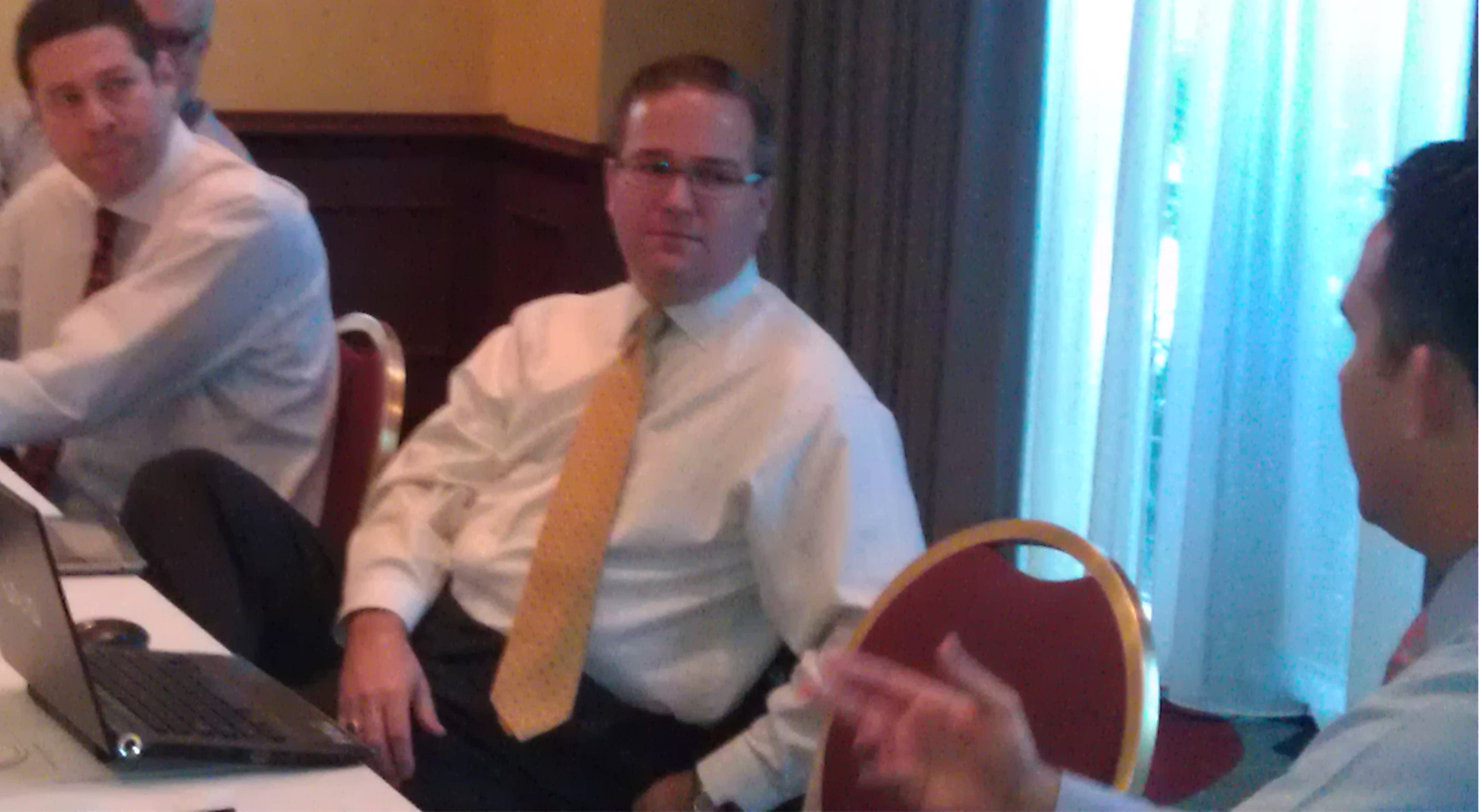Financial Services Institute Holds Its Annual Meeting, Highlighting Its Growth As Financial Planning Association Struggles Hot
Write Review
With 641 attendees, most of them senior operations, marketing and management executives at independent broker/dealers, the conference attracted 50 more attendees than last year and set a new record. But at a breakfast this morning for reporters from trade magazines the growing strength of FSI seemed inevitable.

FSI now has 34,000 members, compared with less than 24,000 at the FPA. Since 2005, when FSI had 2,737 members, it has grown more than 1200%.
The numbers are slightly skewed, however, because many FSI membership fees are being subsidized by B/Ds. The group has cleverly recruited new members by encouraging BDs to pay the first-year’s membership fee in 2012, and about half the group’s 34,000 members benefit from subsidizies. Still the growth is impressive, and FSI’s leaders say the group is focusing on member engagement and advocacy to minimize attrition.
Dale Brown, CEO of FSI (at center in picture above) , says the group’s budget soared 25% from $4 million to more than $5 million, with about 65% of the increase going to hire more staff, largely focused on expanding the group’s lobbying effort.
FSI’s growth stands in stark contrast to the struggling FPA, which experienced a membership loss in recent years and is particularly intriguing considering that FSI was spawned by the FPA.
FSI was the B/D division of the FPA until 2002. The B/D division was jettisoned by FPA because the B/D’s advocacy priorities were thought to be different from its membership’s.
With the leadership of the FPA in 2002 moving toward a professional model that today is manifested in its support of a strong fiduciary standard, it made less and less sense for FPA to share the podium with B-Ds.
Making FPA a planner-centric organization sowed the seeds for the rise of the FSI and the weakening of the FPA. With successful practitioners who supported the professional movement in control of the FPA, the group asked B/Ds to leave in 2003. FPA paid FSI $1 million to help FSI get started.
The professional issues separating the two groups back then define the two groups today and make them rivals. No one at the time envisioned that the B-Ds would create a rival membership organization for registered representatives. Yet that’s exactly what has happened.
Now, FSI is throwing its weight behind FINRA to become the self-regulatory organization for RIAs who have more than $100 million under management and are regulated by the SEC. The FPA opposes FINRA as SRO. FSI’s position on adoption of a fiduciary standard for financial advisors, also puts it at odds with FPA.
By 2015, Brown says FSI’s five-year plan calls for the group to have a budget of $7.5 million and 40,000 members.
FPA supporters say that in order to create make financial planning a profession, the group had to make the difficult decision to separate from the broker/dealers and their registered reps. But the results so far have not been impressive and you have to wonder about the wisdom of that decision to empower a separate B/D group and registered rep trade group.
It’s an astonishing turn of events.
This Website Is For Financial Professionals Only
 NAPFA Must Do The Right Thing With CPA/PFSs If It Wants To Retain Its Special Role As An Advocate For Consumers
NAPFA Must Do The Right Thing With CPA/PFSs If It Wants To Retain Its Special Role As An Advocate For Consumers CFA Level 1 Exam Prep Now Being Offered By The American College, Reflecting The Growing Popularity Of The CFA Designation
CFA Level 1 Exam Prep Now Being Offered By The American College, Reflecting The Growing Popularity Of The CFA Designation Charles J. Yang, CFA, Elected Chair Of CFA Institute Board Of Governors
Charles J. Yang, CFA, Elected Chair Of CFA Institute Board Of Governors NAPFA, In Saying Only CFPs Can Become Members, Snubbed The AICPA, Exposing Fractures In The Movement To Professionalize
NAPFA, In Saying Only CFPs Can Become Members, Snubbed The AICPA, Exposing Fractures In The Movement To Professionalize
User reviews
There are no user reviews for this listing.









